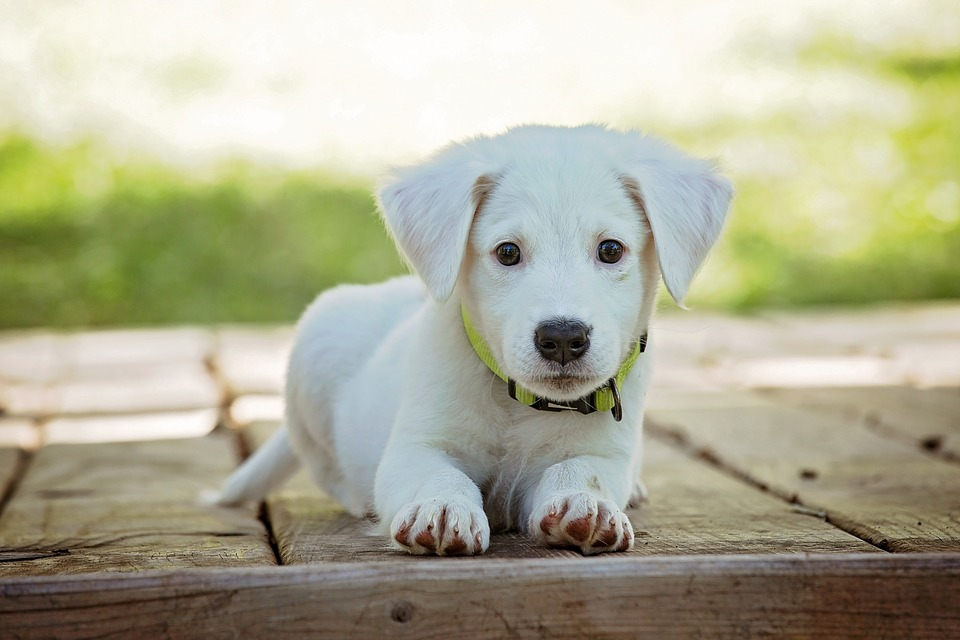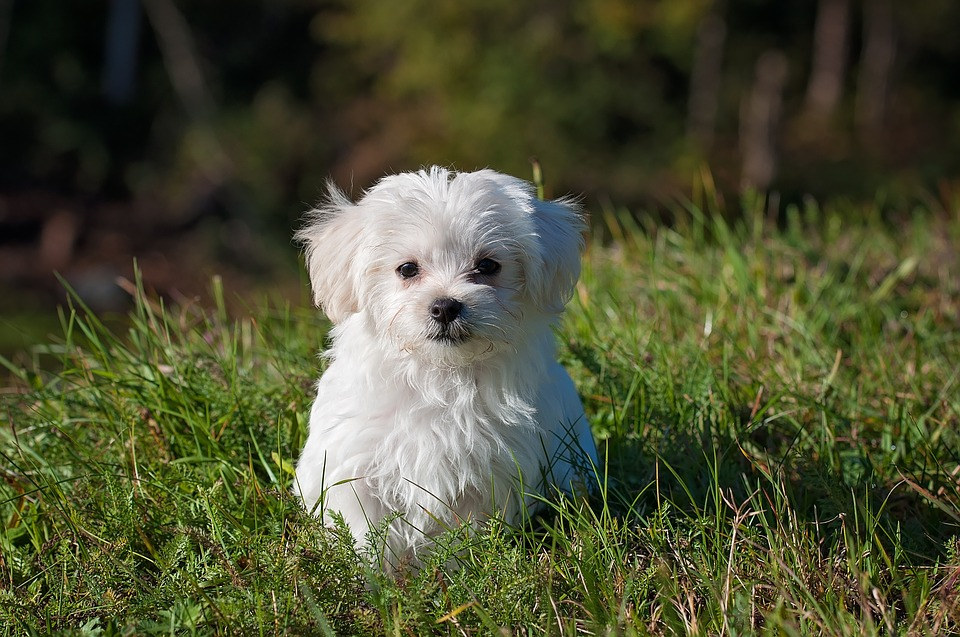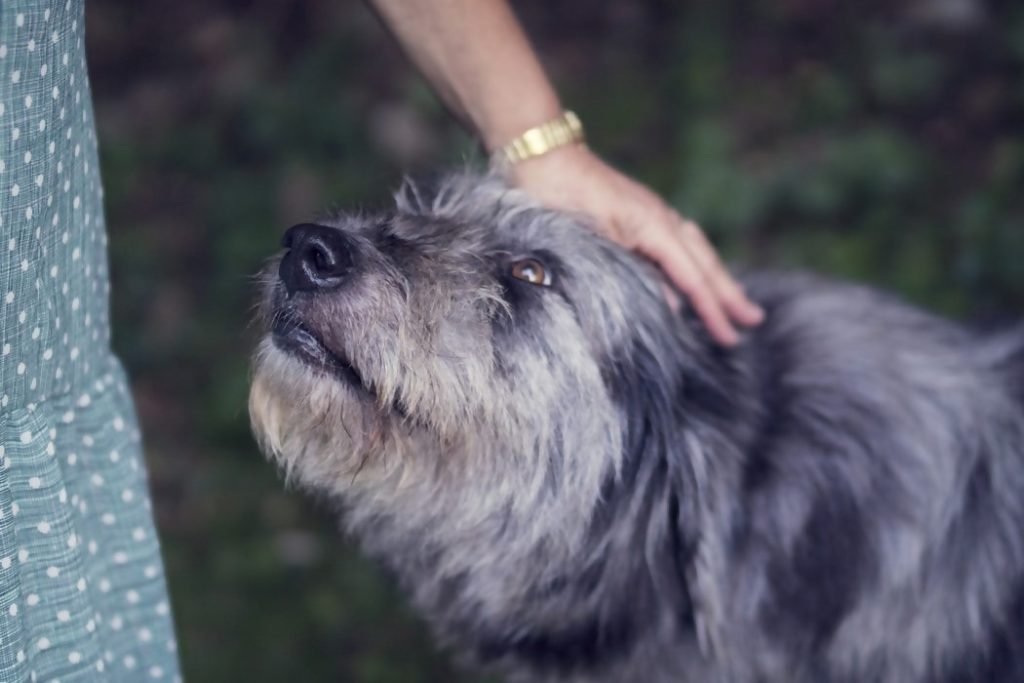Whether you’re bringing a new puppy into the house or adopting an older dog, there are several essential basic commands you should plan to teach any new dog you bring home. One of the most vital is how to train a dog to stay. Knowing how to stay when told can save your dog from dangerous situations as well as keep them calm during excitable times. Telling your dog to stay could keep them away from cars on a busy street or calm in situations such as exploring public places or when visitors enter your home.
Though not a particularly difficult command to teach your dog, consistent training is necessary to keep your dog well-practiced in the art of a good “stay.”
What You’ll Need to Train Your Dog to Stay
- Food: the best training treats are small. Either buy small treats specifically made for training or take treats you already have and cut them into small pieces, about the size of your smallest fingernail.
- A mat, towel, or rug: used in the beginning as a visual aid so your dog knows where they are supposed to be. This is optional.
- A tired dog: arguably the most important part, your dog should be nice and tired for training. A dog that hasn’t had the chance to expend their energy will be less able to focus and therefore much more difficult to train. On the other hand, a dog that is absolutely exhausted will have little energy left to learn what you’re trying to teach them.
The 3 D’s
There are 3 D’s for how to train a dog to stay that are all important to consider during your lessons.
Distance – How far can you move away from your dog while they stay?
Duration – How long can your dog maintain a stay until you release them?
Distraction – What environmental distractions can your dog handle?
Most people find it easiest to work on these aspects separately at first, so keep that in mind.

How To Teach Your Dog To Stay
Remember that with all training you must practice patience. Keep training sessions short and fun for your dog. If you feel yourself becoming frustrated, know that it’s better to end the session than to create a negative experience for both you and your dog.
Before beginning training, choose a hand gesture for stay and a release word that means your dog is now free to move around.
Session 1
- Choose a quiet room in your home with minimal distractions. Bring plenty of treats.
- Ask your dog to lie down on a mat or towel while you stand facing them.
- Show your dog your “stay” hand gesture then place a treat on the floor between your dog’s legs. Repeat 10-15 times.
That’s it for the first session. Remember to keep sessions short and fun, no more than five minutes or so each session.
Note that treats should be rewarded on the floor in front of your dog, not from your outstretched hand. This encourages your dog to stay in position to receive their treat instead of jumping up to get the treat directly from your hand.
Session 2
- Show your dog the “stay” cue and take a single step backward.
- Return to your dog and place a treat on the floor between their outstretched legs.
- Repeat 5 times.
- Next try taking 2 steps back. Return to your dog and reward. Repeat another 5 times.
- Take 3 steps backwards. Return to your dog and reward for staying.
Over proceeding sessions, slowly increase the distance between you and your dog. If your dog breaks their stay before they are released, go back to the previous distance where they succeeded in maintaining a stay. Do not try to do too much, too fast.

Progressions
As your dog gets better and better at staying with increased distances between you, there are other elements you can use to continue increasing the difficulty of the behavior. Here are a few examples.
Distance
- Turn your back.
- Walk around an object.
- Disappear from your dog’s view completely.
Duration
- Add short pause before returning to your dog, slowly lengthen pauses over time.
Distractions
- When you step away from your dog, take steps to the right instead of backwards. Progress one step at a time until you can walk a full circle around your dog.
- Add silly (and distracting!) movements like waving your arms or dancing a little jig.
- Hold a toy that isn’t too exciting but still distracting. Shake it or squeak it as your dog progresses. Next try a high value toy.
- Conduct a session outside, then progress to a busier outdoor setting like a park.
Releasing the Stay
When teaching your dog the release word for their stay, resist the urge to make any hand gestures or other body movements. We want a release word that has significance on its own. Choose a release word that is unlikely to be accidentally uttered in casual conversation.
Say your dog’s name to get their attention, then have a brief pause before using the release word. This is done to prevent your dog from associating someone saying their name with a release.
After you’ve used the release word, encourage your dog to move off the mat or towel. You can clap your hands, move backward quickly, use a high-pitched or excited voice, or utilize a toy to begin a play session.
Praise your dog for a moment then invite your dog back on to the mat. Try backing up 4 steps with your dog in a stay. If your dog does well, vary the amount of steps you take each time. Sometimes 4, sometimes less. After several successful stays, use your release cue and again invite your dog to leave the mat and play with you.

Teaching your dog a stay behavior is not about forcing your dog to remain in one place. It’s about teaching your dog that choosing to remain where you ask them to stay is a positive experience that will end with their receipt of a yummy reward. Your dog should be confident that you will be returning shortly to release him or her and they can relax in the meantime.
Be sure to practice this behavior often to ensure your dog remains well-versed in the execution of an excellent stay.
